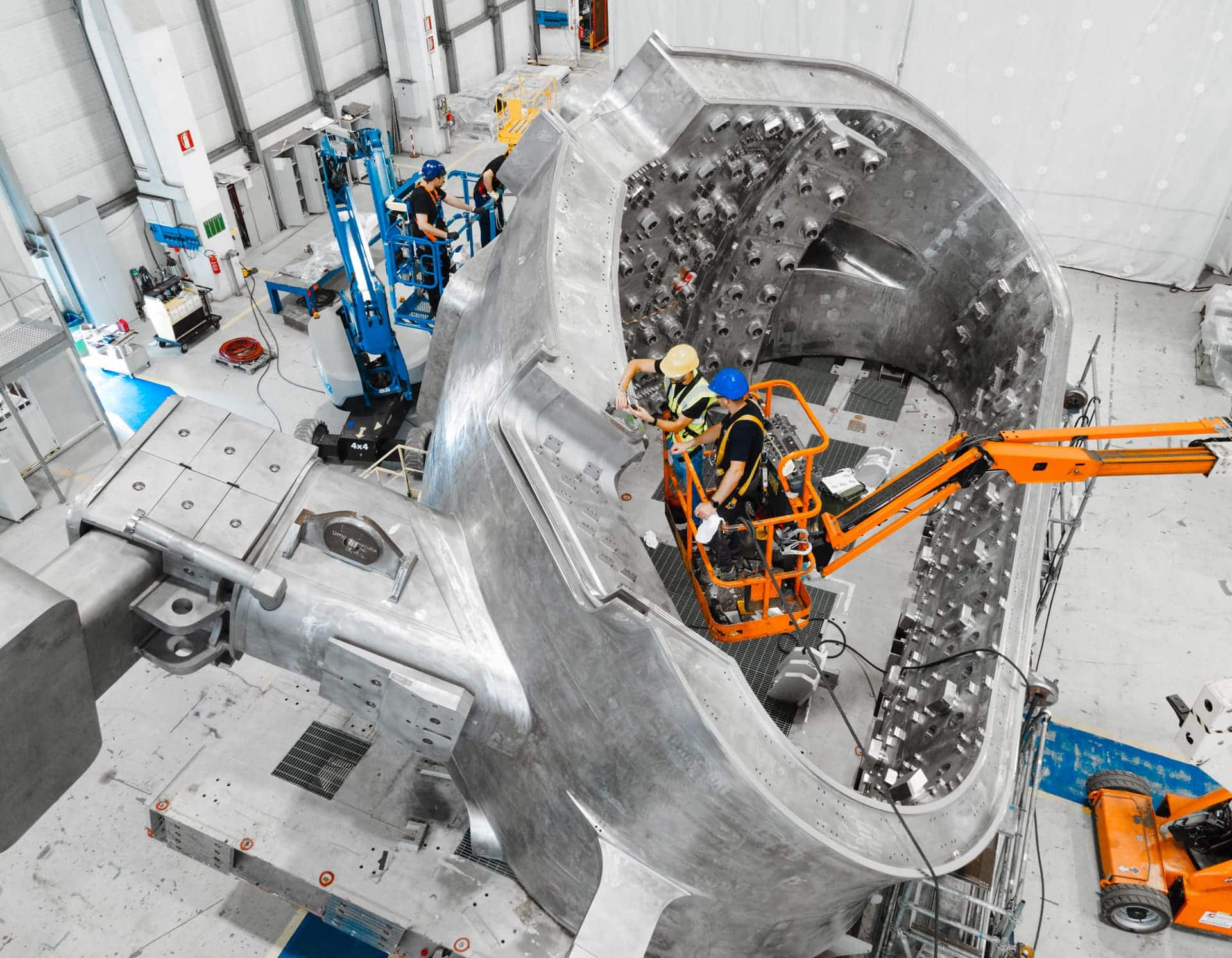An official Australian report reveals that small modular nuclear reactors (SMRs) are currently the most expensive option for generating electricity, far exceeding the costs of renewable technologies like solar or wind.
Amid political debates about the role of nuclear energy in the energy transition, Australia’s CSIRO scientific agency’s latest report, GenCost 2024-2025, presents a striking finding: the most costly technology for electricity production in the country would be small-scale modular nuclear.
The report, developed in collaboration with the Australian Energy Market Operator (AEMO), compares the costs of various energy technologies—coal, gas, wind, solar, nuclear, etc.—aiming to meet net-zero emission targets by 2050.
“We still find that solar photovoltaic and wind with backup systems are the cheapest low-emission technologies for new installations,” said Paul Graham, CSIRO’s chief energy economist and lead author of the report.
A nuclear debut with billion-dollar cost overruns
The assessment of small modular reactors (SMRs), inspired by Canada’s Darlington project — a 1,200 MW nuclear plant estimated to cost AUD 23.2 billion — positions this technology as the most expensive among the eight analyzed.
While SMRs are touted as a scalable solution that can be installed in locations where conventional nuclear plants are unviable, only prototypes are operational in China and Russia, with Canada set to be the first Western country to build one commercially.
“It’s a strategic gamble to develop a nuclear export industry in Canada, but the upfront costs are extremely high,” Graham explained.
Beyond the initial cost, CSIRO notes that pioneering energy projects can carry premiums of up to 120%, such as constructing Australia’s first large-scale nuclear plant. In comparison, a first offshore wind farm would involve a 63% cost overrun.
Renewables dominate by a landslide
Despite rising raw material prices, wages, and infrastructure costs—including worker camps in remote areas for wind projects—renewable energies continue to lead in cost rankings.
The report projects overall increases of 6% to 20% in costs across all energy infrastructure types by 2050, driven by factors like cement prices and capital financing.
However, even with these projected increases, wind and solar photovoltaic technologies—especially when combined with storage or backup systems—remain the most competitive options for new installations.
Australia and its nuclear veto
Currently, nuclear energy is prohibited in Australia, which has adopted a renewable-based model to achieve its goal of 82% renewable electricity in its national grid by 2030.
Nonetheless, pressure from certain political sectors has reignited debates about the viability of nuclear power. The publication of the GenCost report arrives at a crucial moment, providing concrete figures amid discussions dominated by ideological considerations and still-unrealized technological promises.
CSIRO Cost Comparison Table
| Energy Technology | Cost Rank | Main Observations |
|---|---|---|
| Solar + storage | 1 | Cheapest for new low-emission facilities |
| Onshore wind + backup | 1 | Also among the most economical |
| Gas with carbon capture (CCS) | 2 | Cheaper than large-scale nuclear |
| Large-scale nuclear | 3 | High costs and a 120% premium for being a pioneering technology |
| Coal with CCS | 4 | More expensive than gas; increasingly phased out |
| SMR (small modular reactors) | 5 (last) | The highest cost in the study; based on a real Canadian case |
Conclusion
The GenCost report from CSIRO offers a rigorous and up-to-date analysis that could influence Australia’s energy decisions in the coming years. Renewables remain unbeatable in terms of cost, even when backed by support systems. Meanwhile, nuclear—particularly in modular form—remains a costly and distant promise for now.
Australia continues to maintain its nuclear veto, focusing instead on strengthening its renewable infrastructure, using studies like GenCost to support a data-driven roadmap rather than speculation.
via: indailysa.com.au

